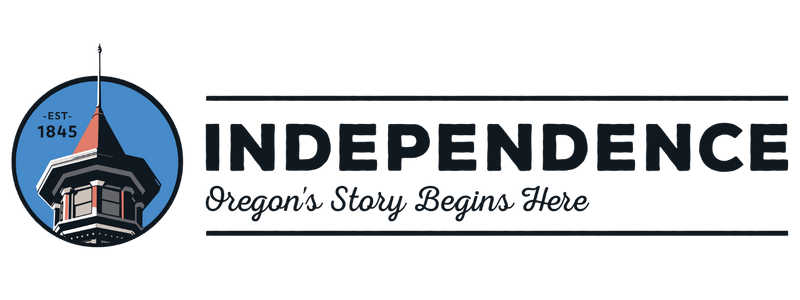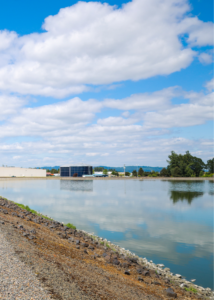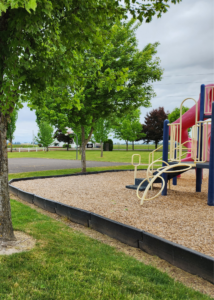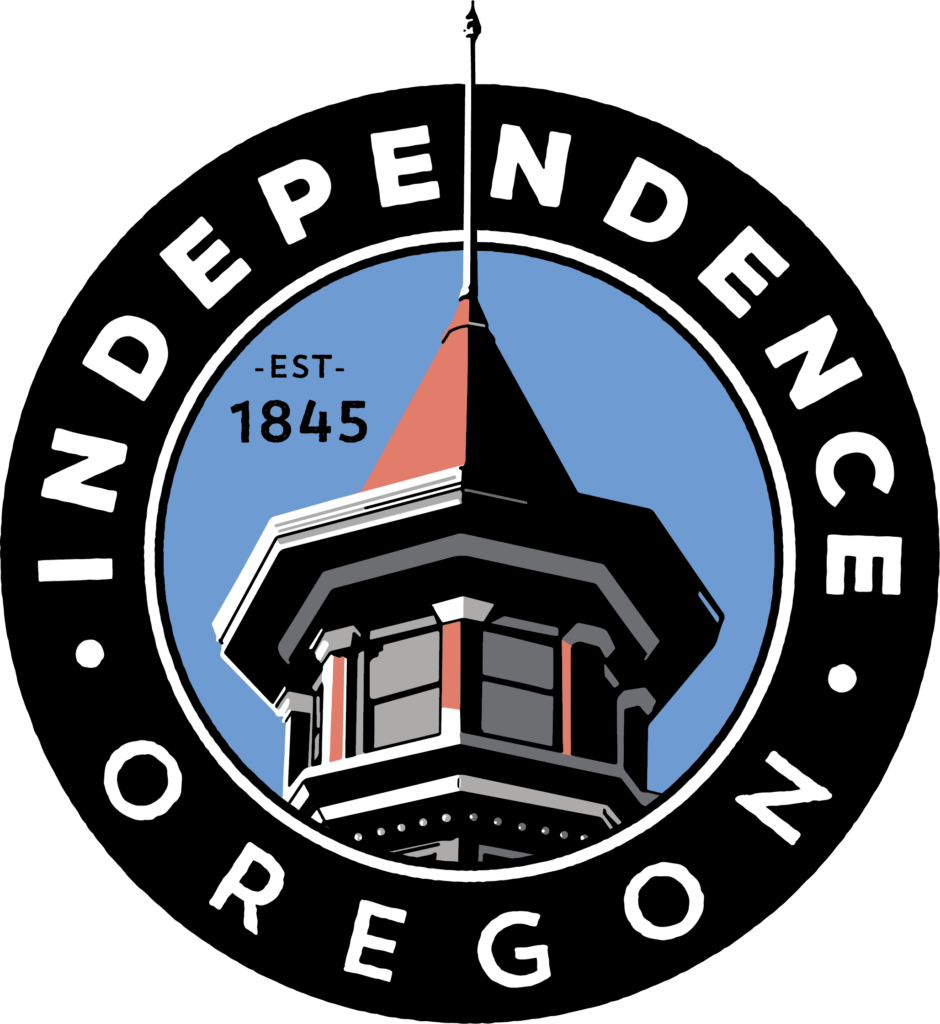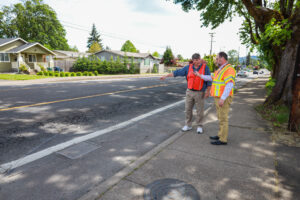

System Development Charges, or also known as SDC fees are a one-time fee that’s charged on any new development or certain types of re-development to help pay for capacity increasing improvements to the city’s infrastructure. They’re a means of financing growth related impacts by development without impacting existing property owners and residents. Cities are authorized by state law to assess SDC fees and specifies how, when, and for what improvements the fees can be used.
SDC’s offset the impact of development and growth on a city’s stormwater, sanitary sewer, water, transportation, and parks and recreation facilities. Local governments have collected SDC fees as early as the 1970’s, for water and sewer improvements. State law regulating SDC fees passed in 1989 to provide consistency in the process and to limit the SDC to certain capital improvements.
The City of Independence conducts periodic updates to its master plans, support documents to the comprehensive plan, to provide orderly and sustainable growth of municipal infrastructure. A key component of funding these facilities is with the SDC’s. SDC’s are assessed when a development permit or building permits are issued.
The Concept Behind SDCs
System Development Charges (SDCs) are based on the idea that long-term residents have already made contributions to existing systems through property taxes, utility rates, and other means. Therefore, if these systems need to be expanded to meet growth demands, the current population should not bear the cost.
The state law allows for the collection of System Development Charges (SDCs) to fund the growth-related expansion of water, sewer, parks, transportation, and storm water management systems. However, in 2007, the Legislature banned the collection of SDCs for schools. Instead, school districts were authorized to impose a “construction excise tax” in their stead. To this end, the Central School District enforces such a tax on new development.
Each community has its own unique characteristics and requirements. In the City of Independence, master plans have been adopted to address improvements to water, sewer, parks and transportation systems. These plans serve as the foundation for the City’s SDCs.
In Oregon, state law mandates that a city must create a “methodology” which considers the value of existing or planned capacity in the infrastructure system when serving new development. SDCs can include either a reimbursement fee, an improvement fee, or both.
The reimbursement fee is determined by the remaining value of reserve capacity for capital improvements that are already under construction or constructed. The methodology must include the cost of current facilities, earlier contributions by existing users, value of unused capacity, grants, and other pertinent factors.
The improvement fee is meant to recover some or all of the cost of planned capital improvements that add capacity to serve future development. The methodology must be designed in such a way that SDCs will not surpass the growth-related costs from the capital project list.
The Independence City Council has adopted resolutions that dictate how to calculate SDCs (System Development Charges). For the improvement fee, the project lists from the master plans, updated cost estimates for each project, and an apportionment of the cost for each project to new growth are included in the resolutions. For the reimbursement fee, the existing system’s facilities with available reserve capacity are taken into account, minus the value of any grants, developer contributions, local improvement district revenues, and property tax-supported debt principal. The apportionment of the value of each project that is available to serve future customers is also specified in the resolutions, which also detail how SDCs are calculated and contain the SDC schedule.
Different SDCs for Different Development Types
The Parks SDCs apply only to residential development, and are calculated as a charge per square foot, plus an additional charge per bedroom. The Water SDCs are determined by the size of the water meter required for your home or business. Sewer SDCs are based on the number of plumbing fixtures at your home or business. Meanwhile, Transportation SDCs are calculated based on the amount of traffic generated, in accordance with nationally recognized data published by the Institute of Transportation Engineers (ITE).
Revenue obtained through reimbursement fees is limited to capital improvements associated with the assessed system and debt repayment expenditures. Conversely, improvement fee revenue must be directed towards increasing capacity capital improvements listed for each project. Debt repayment expenses for such capital improvements are also allowed. However, SDC revenue cannot be utilized to repair existing infrastructure or address deficiencies due to state law. Additionally, SDC expenditures are categorized by type, implying that water SDCs cannot be allocated towards sewer projects and vice versa.
The Concept Behind SDCs
System Development Charges (SDCs) are based on the idea that long-term residents have already made contributions to existing systems through property taxes, utility rates, and other means. Therefore, if these systems need to be expanded to meet growth demands, the current population should not bear the cost.
The state law allows for the collection of System Development Charges (SDCs) to fund the growth-related expansion of water, sewer, parks, transportation, and storm water management systems. However, in 2007, the Legislature banned the collection of SDCs for schools. Instead, school districts were authorized to impose a “construction excise tax” in their stead. To this end, the Central School District enforces such a tax on new development.
Each community has its own unique characteristics and requirements. In the City of Independence, master plans have been adopted to address improvements to water, sewer, parks and transportation systems. These plans serve as the foundation for the City’s SDCs.
In Oregon, state law mandates that a city must create a “methodology” which considers the value of existing or planned capacity in the infrastructure system when serving new development. SDCs can include either a reimbursement fee, an improvement fee, or both.
The reimbursement fee is determined by the remaining value of reserve capacity for capital improvements that are already under construction or constructed. The methodology must include the cost of current facilities, earlier contributions by existing users, value of unused capacity, grants, and other pertinent factors.
The improvement fee is meant to recover some or all of the cost of planned capital improvements that add capacity to serve future development. The methodology must be designed in such a way that SDCs will not surpass the growth-related costs from the capital project list.
The Independence City Council has adopted resolutions that dictate how to calculate SDCs (System Development Charges). For the improvement fee, the project lists from the master plans, updated cost estimates for each project, and an apportionment of the cost for each project to new growth are included in the resolutions. For the reimbursement fee, the existing system’s facilities with available reserve capacity are taken into account, minus the value of any grants, developer contributions, local improvement district revenues, and property tax-supported debt principal. The apportionment of the value of each project that is available to serve future customers is also specified in the resolutions, which also detail how SDCs are calculated and contain the SDC schedule.
Different SDCs for Different Development Types
The Parks SDCs apply only to residential development, and are calculated as a charge per square foot, plus an additional charge per bedroom. The Water SDCs are determined by the size of the water meter required for your home or business. Sewer SDCs are based on the number of plumbing fixtures at your home or business. Meanwhile, Transportation SDCs are calculated based on the amount of traffic generated, in accordance with nationally recognized data published by the Institute of Transportation Engineers (ITE).
Revenue obtained through reimbursement fees is limited to capital improvements associated with the assessed system and debt repayment expenditures. Conversely, improvement fee revenue must be directed towards increasing capacity capital improvements listed for each project. Debt repayment expenses for such capital improvements are also allowed. However, SDC revenue cannot be utilized to repair existing infrastructure or address deficiencies due to state law. Additionally, SDC expenditures are categorized by type, implying that water SDCs cannot be allocated towards sewer projects and vice versa.
